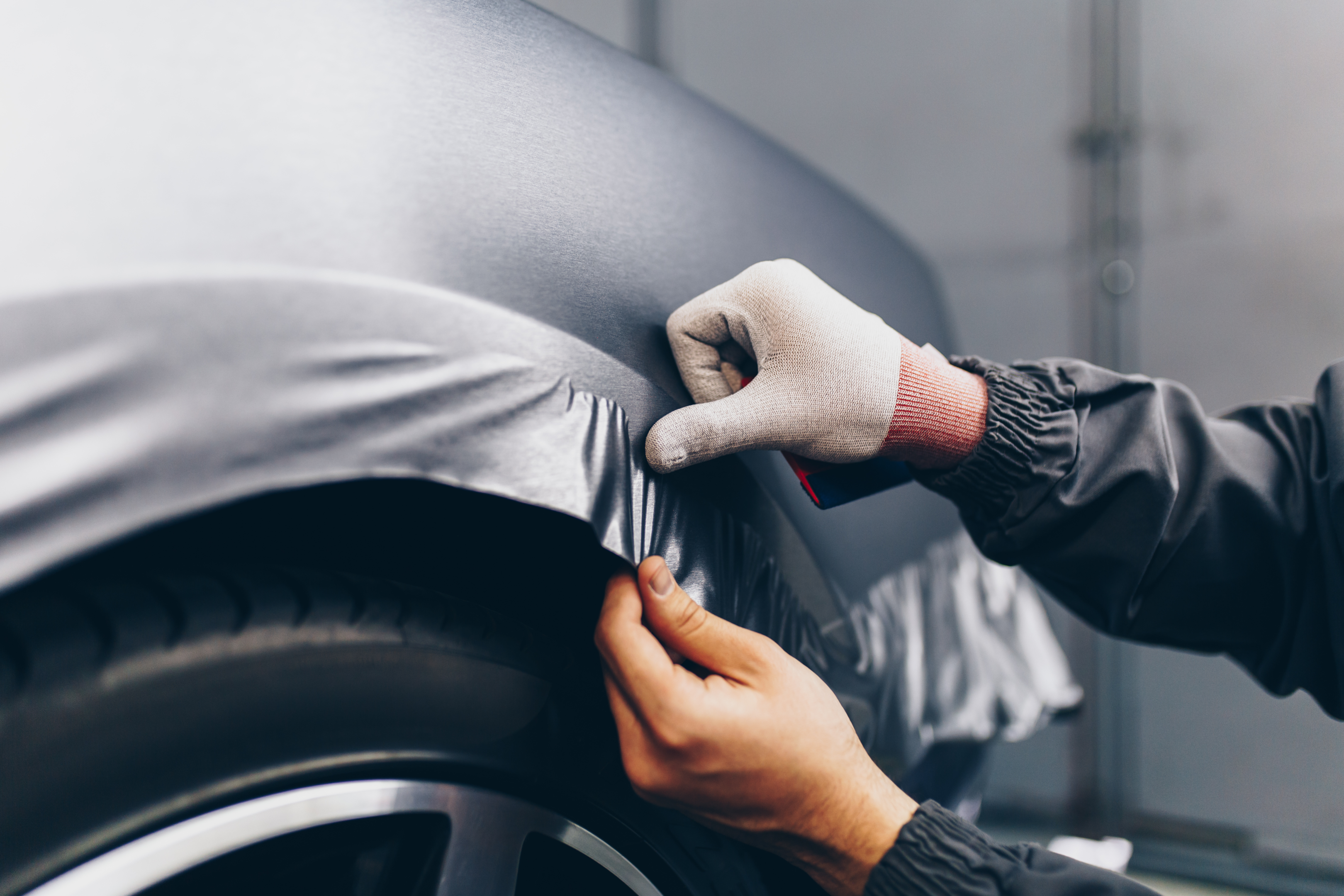How Does A Bulletproof Glass Work?
Bulletproof glass forms a crucial part of security measures. It isn’t really impenetrable; so, a more appropriate term for it would be bullet-resistant glass or armored ballistic glass”. The glass solely reduces the momentum and thereby absorbs some energy from the bullets.
Let us delve deeper into understanding how does a bulletproof glass exactly work.
Conventional glass; in standard cars is only 3mm thick which doesn’t allow it to provide resistance against bullets. When a bullet strikes the glass, the energy on the glass fractures the point where it strikes and eventually the glass is fragmented. So, even if you miss the bullet; the glass shattering could most likely kill you.
Bulletproof glass, on the other hand; reduces the momentum of the bullet thereby reducing the chances of you being severely injured. We are all familiar with how we gradually pull our hands back to reduce the speed of the ball; to reduce the force and ensure it hurts less. Bullet-proof glass works on a similar principle. The glass doesn’t actually move but the multiple layers of glass and plastic sheets absorb the energy and reduce the momentum.
Bulletproof glass is made from glass and plastic. A thin plastic film is placed between two sheets of glass which can be about 10mm thick. The plastic is heated at a temperature of 150°C and pressed, which causes melting that builds a strong bond between the sheets of glass. Eradicating the air from the set up is important since trapped air weakens the bond and impacts the optical properties of bulletproof glass.
Firms like Troy Armoring that furnish bulletproof glass, consider not only the strength of the material but also optical clarity. They make use of acrylic and polycarbonate, the two most popular types of resins since they possess both these characteristics. The improved transparency and durability provide a sufficient level of protection against handguns to high-powered rifles and other weapons.
The alternative layers work collectively to absorb the force of the bullet. The bullet usually pierces through the first layer and then is blocked by the next layer of polycarbonate, which firmly resists the force, following this, it may continue for a few more layers until the bullet has negligible momentum. In the end, the bullet either stops or it could pierce the entire barrier. However, since the velocity has dramatically decreased, you will be saved from being injured.




